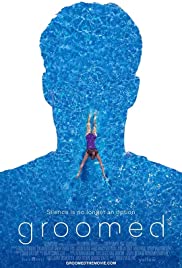
Gwen van de Pas returns to her hometown in search of answers about the man who sexually abused her as a child.
You May Also Like
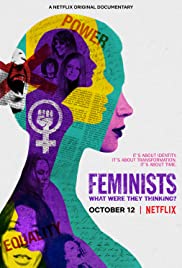
In 1977, a book of photographs captured an awakening – women shedding the cultural restrictions of their childhoods and embracing their full humanity. FEMINISTS: WHAT WERE THEY THINKING? revisits those photos, those women and those times and takes aim at our culture today that alarmingly shows the need for continued change.
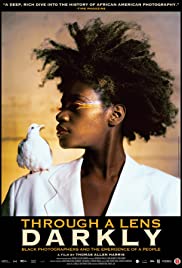
The film explores the role of photography, since its rudimentary beginnings in the 1840s, in shaping the identity, aspirations, and social emergence of African Americans from slavery to the present. The dramatic arch is developed as a visual narrative that flows through the past 160 years to reveal black photography as an instrument for social change, an African American point-of-view on American history, and a particularized aesthetic vision.
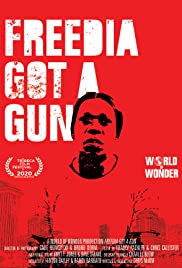
Devastated after learning her brother, Adam, was murdered in New Orleans, bounce legend Big Freedia decides to use her experience and platform to raise awareness about the complexity of gun violence.
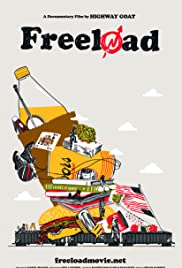
Just as the original hobos of the early 20th century were scorned the mainstream of society, so too are today’s train riders. FREELOAD is a dive into a beggar’s existence. It is a ride through America’s backyard. It is a musical endeavor that feels like a drama. It is a sociological examination of the ignored.

What defines a man? With the support of her chain of command, Corporal Virginie Lamarre, veteran of Afghanistan, officially becomes a man in the Canadian army.

An extraordinary journey deep into space offering fresh insight into the origins and evolution of the universe.
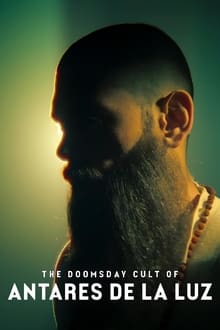
Almost 10 years after being charged with a heinous crime, former members of a Chilean cult share their haunting experiences.

Follow three rocket and satellite companies – Astra Space, Rocket Lab, and Planet Labs – and the quests of their idiosyncratic founders to conquer the burgeoning space industry.

A human story about a socially responsible company, “Dr. Bronner’s Magic Soapbox” documents the complicated family legacy behind the counterculture’s favorite cleaning product — Bronner’s son, 68-year-old Ralph, endured over 15 orphanages and foster homes as a child, but despite difficult memories, is his father’s most ardent fan.

A lyrical and spiritual cinematic essay on The Exorcist, the last film of Alexandre O. Philippe explores the uncharted depths of William Friedkin’s mind’s eye, the nuances of his filmmaking process, and the mysteries of faith and fate that have shaped his life and filmography.
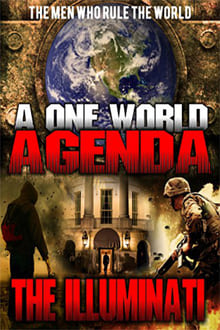
There is an elite group that controls the world. They run governments, companies and religions – This is the story of the world’s most powerful secret and sacred order.
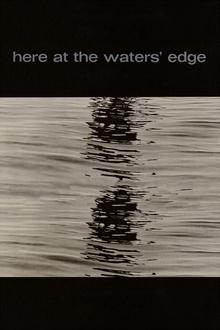
Leo Hurwitz’s film, Here At The Water’s Edge, features the 1960 New York City’s waterfront. Made with photographer Charles Pratt, the film is a cinematic poem to the people who work on the water. Pratt, who largely financed the film, made it possible for Leo to use his vision as an artist and filmmaker while the blacklist still over-shadowed his life and ability to work in other areas. Here At The Water’s Edge, a film without narration, draws our attention to the often-neglected life in, on and around water – as well as bringing into view what workers on the water give us. Leo, in his own work, was always concerned with seeing what is happening in spaces in the world where others fail to look.